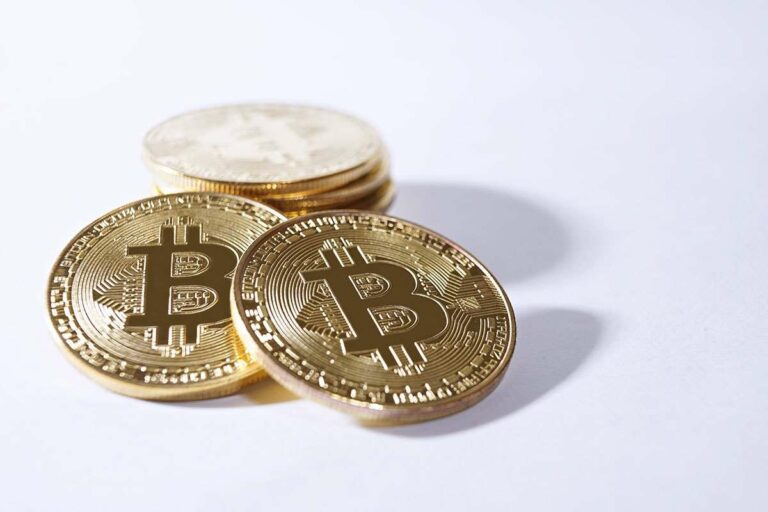Introduction to Crypto Derivatives, Options, and Futures

As such, traders must approach crypto derivatives with a well-thought-out strategy and a clear understanding of the risks. In the dynamic world of cryptocurrency, derivatives have emerged as pivotal instruments for traders seeking to hedge risk, speculate on price movements, or gain exposure to the crypto market without holding the underlying assets. The inception of the first-ever crypto derivative in 2011, known by the ticker ICBIT, marked a significant milestone in the evolution of digital finance. Derivatives in Crypto This innovation laid the groundwork for a burgeoning market that, according to Crypto.com, was valued at over $2 trillion in 2023. While the crypto options market continues to develop with many new exchanges and DeFi protocols entering the space, overall adoption of crypto options has been muted relative to perps. Centralized options exchanges typically trade around $30 billion in volume per month, closely rivaling the volume of decentralized perps but amounting to just 1-2% of all futures volume.

Uptrend or Sell-Off? Key Indicators to Watch
It remains comparatively early in the life cycle for derivative DEXs, with the launch of dYdX coming nearly four years after BitMEX first introduced perps in 2016. Despite the low market share, new entrants continue to innovate rapidly, and there are many interesting derivative DEXs in operation today with solid daily volumes. For example, GMX launched in Q3 2021, and it regularly trades hundreds of millions of dollars each day, while volumes on Kwenta reached a new daily record of nearly $500m in mid-March.
Benefits and Risks of Trading Crypto Derivatives
ETH vaults also exist for multi-leg short-option strategies, like call-and-put spreads, straddles, strangles, and iron condors. Cega’s exotic option vaults go further on the complexity spectrum, deploying a portfolio of knock-in/knock-out basket options that generate yield in exchange for bearing tail risk. Lastly, we would be remiss if we failed to mention the various other yield enhancement structured product strategies that do not explicitly sell options at all.
What to Look for in a Crypto Derivatives Exchange
- With the rise of cryptocurrencies, derivatives have emerged as a popular tool for traders to manage risk and speculate on the price movements of digital assets.
- As mentioned, all standardized derivatives are now required to be centrally cleared through CCPs.
- The option’s premium is pivotal, influenced by the asset’s current market price, the strike price, time until expiration, and the asset’s volatility.
- Trading crypto derivatives on fully regulated exchanges has become increasingly attractive after FTX’s collapse, particularly for traditional financial institutions.
- It is important to understand that options do not offer investors a risk-free method of crypto derivatives trading.
- In our previous article on How to trade cryptos, we introduced the concept of cryptocurrency exchanges and spot markets.
The chapter also examines possible future derivatives regulation, arguing that derivatives currently are both under- and overregulated and also that so-called close-out netting should be regulated because it can exacerbate systemic risk. Regulation currently treats derivatives as uniquely risky instruments because the value of the underlying asset can fluctuate. As mentioned, all standardized derivatives are now required to be centrally cleared through CCPs. This requirement arguably represents overregulation because, notwithstanding potential fluctuations, derivatives counterparties can usually estimate the limits of their potential liability.
What are crypto derivatives?

If we use the same example as above replacing crypto futures with options, the following key details would have to change. With Bitcoin options, you do not long or short, instead, you have “call” and “put” options. A call option gives its owner the right to purchase bitcoin at an agreed price once the contract expires. With either option, it is entirely up to the owner whether they choose to exercise their right or not. At this point, a trader can either go long (bet that the price will increase) or short (bet that the price will decrease).
Whichever direction you choose, when you open a position, the exchange platform essentially matches you with someone going in the opposite direction. One week later, when the contracts must be settled, one of the traders will have to pay the other. If you chose to go short and a week later the price has moved down, you make a profit. The importance of crypto derivatives in the modern financial landscape extends beyond mere trading instruments.
- Lastly, it’s important to note that the ‘principal-protected’ label commonly used refers to protection from market risk, but users still bear various forms of other risks.
- They track the price of an underlying asset, allowing traders to construct arrangements that can capitalize on market events.
- Crypto derivatives trading, while offering significant opportunities, comes with notable challenges.
- This payment is essentially coming from another trader that chose to short and lost money.
- The buyer and seller of such contracts have directly opposed predictions for the future trading price.
Why $58,400 is Crucial for Bitcoin and How It Could Pave the Way to $100,000
Crypto derivatives are complex, tradeable financial instruments typically used by advanced traders. They derive their value from an underlying asset, such as (but not limited to) cryptocurrencies, stocks, bonds, commodities, and forex. Crypto derivatives contracts allow traders to gain exposure to the price movement of a digital asset without actually owning the asset.
